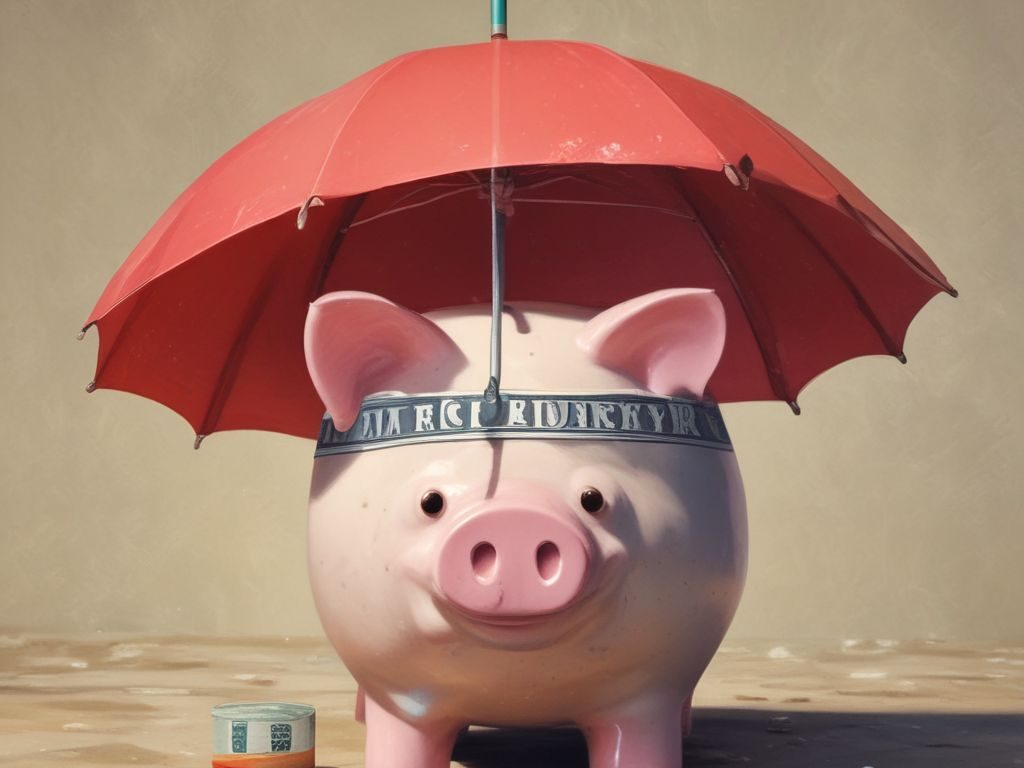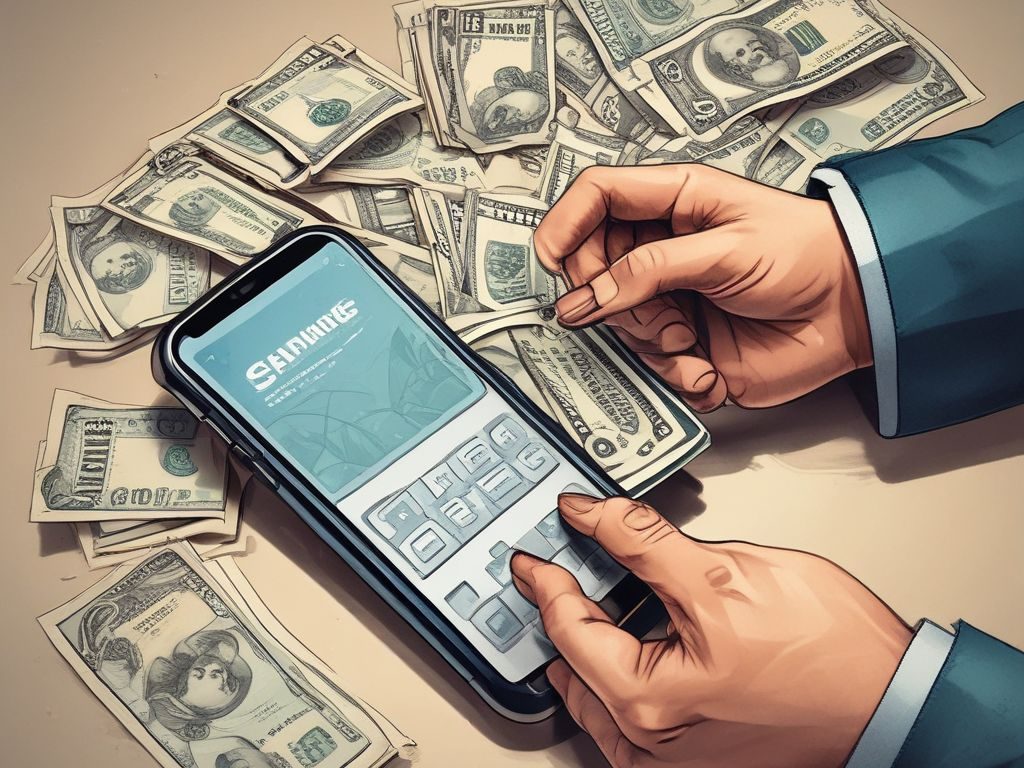Physical Address
304 North Cardinal St.
Dorchester Center, MA 02124
Physical Address
304 North Cardinal St.
Dorchester Center, MA 02124

Unexpected expenses are part of life — medical bills, job loss, or car repairs can strike at any time. And if you’re not prepared, they can quickly turn into financial setbacks.
That’s where you need to build an emergency fund.
An emergency fund isn’t just about money — it’s about peace of mind. In this guide, you’ll learn exactly how to build one from scratch, how much you need, and how to grow it over time, even if you’re starting with just a few dollars.
An emergency fund is a pool of money set aside for life’s unplanned expenses — not concert tickets, not new clothes, not gadgets.
It’s for things like:
Without it, many people turn to high-interest credit cards or loans, putting themselves deeper into debt. According to a Bankrate survey, over 50% of Americans couldn’t cover a $1,000 emergency with savings.

Your target amount depends on your financial situation:
Start by calculating your monthly essentials:
Multiply the total by 3 to 6 to determine your ideal emergency fund size.
Avoid keeping your emergency fund in your main checking or savings account. Use a high-yield savings account from banks like Ally, Marcus, or SoFi. These accounts are FDIC-insured and offer better interest rates.
Don’t focus on saving $10,000 right away. Start small — even $25/week adds up. Set an achievable first milestone like $500, then grow it over time.
Use automatic transfers so your savings grow without effort.

Find 2–3 non-essential areas to reduce:
Redirect those savings to your emergency fund.
Got a tax refund or bonus? Allocate 50% or more to your fund. These lump sums can accelerate your progress without affecting your monthly cash flow.
Your emergency fund should be safe, liquid, and separate.
✅ Valid uses:
❌ Not valid:
Building an emergency fund isn’t about perfection — it’s about protection.
Even if you can only save $10 a week, you’re making progress. With consistency and smart planning, you can create a financial cushion that gives you peace of mind and independence.
Start today. Open a dedicated account, set your first goal, and build from there. Your future self will thank you — especially when life throws the next curveball.
📣 Next Step: Want to create a complete financial plan?
👉 Read our guide: Save or Invest first? Which One Should You Focus On Right Now?